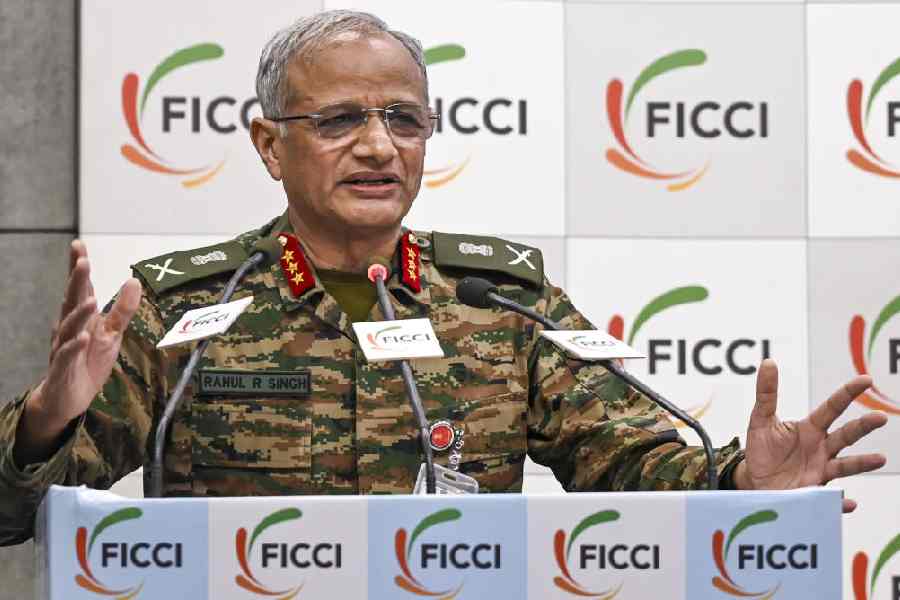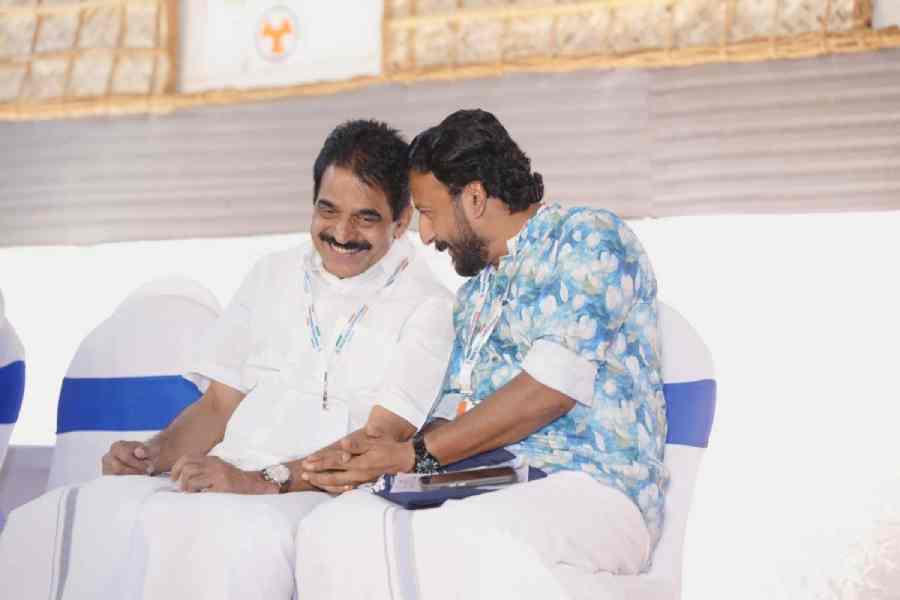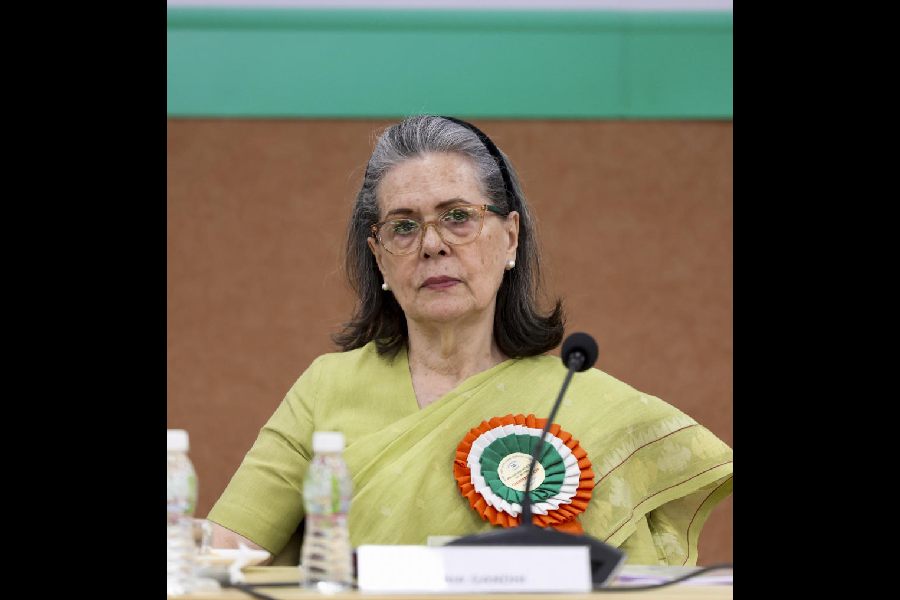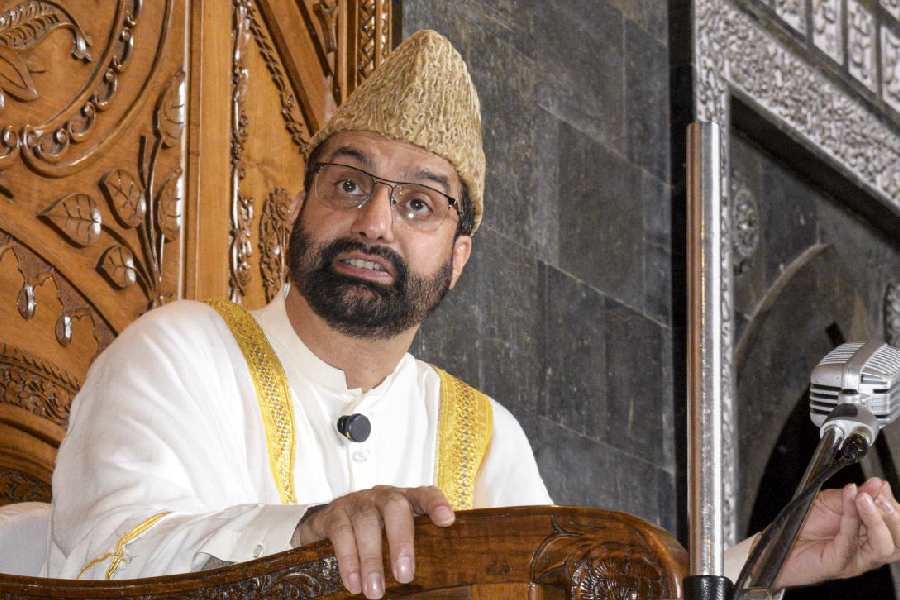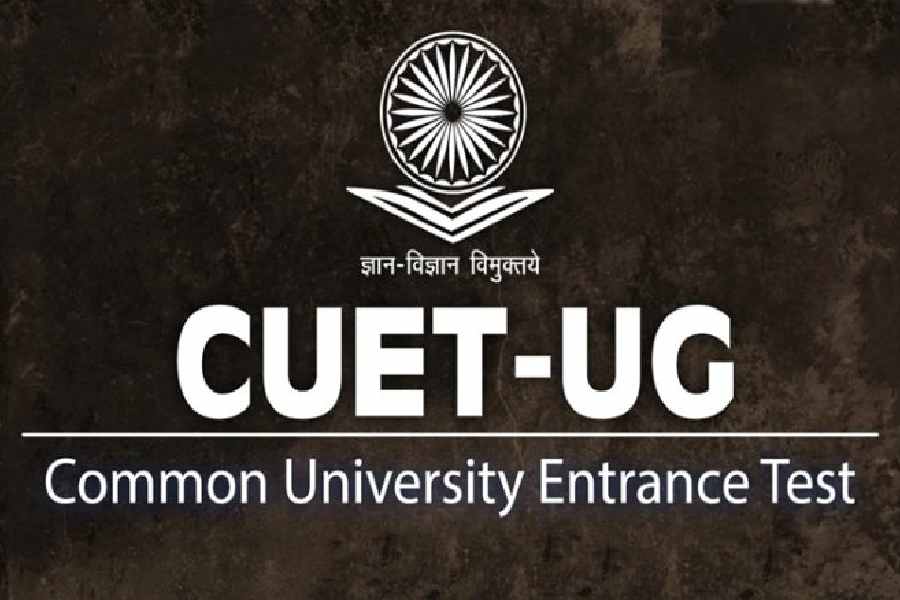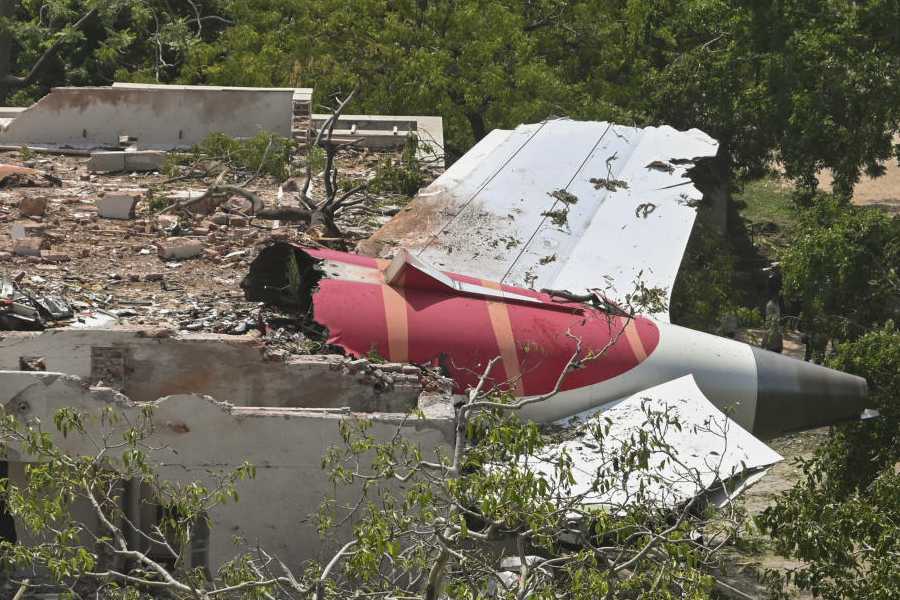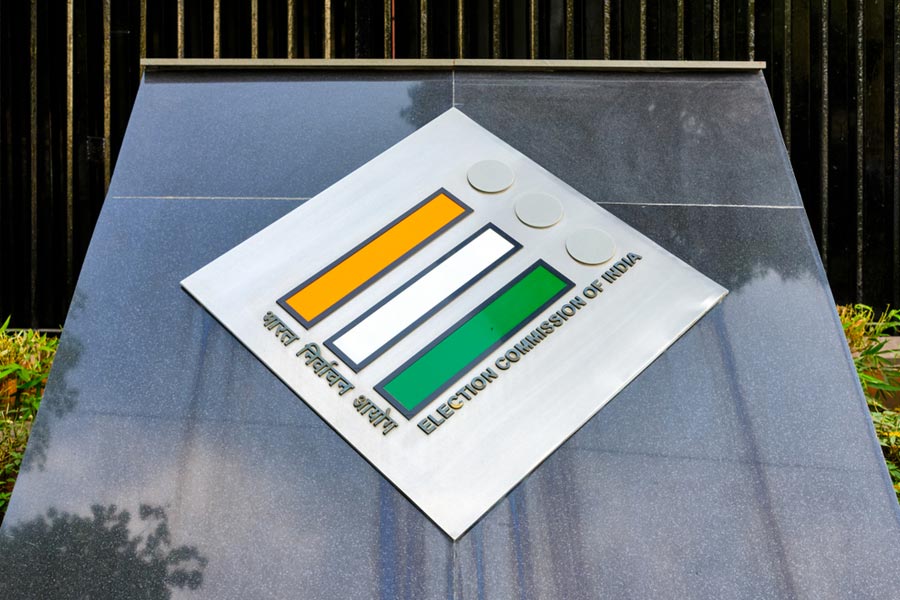 |
| Lata Mangeshkar |
Mumbai, Sept. 4: A Kolhapur court has stayed a reported move by Lata Mangeshkar to sell a plot that houses the 86-year-old Jayaprabha Studio, where Dadasaheb Phalke is said to have shot his only talkie and Raj Kapoor debuted before the camera.
Civil court judge S.N. Jagtap yesterday ordered status quo to be maintained till further decision.
The directive came on a public interest petition by the Akhil Bhartiya Marathi Chitrapat Mahamandal (ABMCM), the apex body of the Marathi film industry, which has opposed the singer’s attempts to sell the studio she had bought long back to save it from being auctioned off.
At the hearing, an advocate representing Mangeshkar told the court the studio was a personal property and the owner had the right to sell it. The lawyer asked for two weeks to file a detailed submission.
ABMCM president Prasad Surve said the lawyer for the film body pointed out that the studio had originally been sold by Kolhapur royal Rajaram Maharaj to producer and director Bhalji Pendharkar in 1944 on the condition that it should be used “strictly for film purposes”.
“The court agreed to our plea that the proposed sale should be stayed and original status quo maintained till the court gives a final decision,” Surve told The Telegraph from Kolhapur.
Mangeshkar was unavailable for comment.
The ABMCM petition had followed media reports that Mangeshkar had signed a memorandum of understanding with a local developer, Raunak Popatlal Gundecha, to sell the nearly four-acre plot allegedly for Rs 11 crore.
The reports also said that singer Suresh Wadkar, who is from Kolhapur, mediated the deal.
The reports angered Kolhapur residents and cultural activists. Last Tuesday, Surve led a 1,000-strong march to the studio, which once sprawled over 11 acres and was a key facility for the Marathi film industry during its heyday.
It was not immediately clear when the seven acres were sold.
Such was the anger that the protesters defaced photographs of Mangeshkar and Wadkar on the placards they were carrying.
Some of them even posed as beggars and shouted slogans that if Mangeshkar needed money, they would collect it for her.
Raj Kapoor debut
Subhash Bhurke, executive president of the ABMCM, said Rajaram Maharaj, the Kolhapur royal, had set up the studio for producing films under his company, Kolhapur Cinetone.
Phalke, considered as the father of Indian cinema, made his only talkie, Gangavataran, in 1936 under this banner before the royal family found it difficult to continue with filmmaking. “They then rented the studio to different producers, and Master Vinayak’s classic Bramhachari was shot in this studio. Later in 1944, Bhalji Pendharkar, a Dadasaheb Phalke award winner, bought it but Rajaram Maharaj clearly put a condition in the agreement that the studio would always be used for film purposes only,” Bhurke said.
Between 1944 and 1946, Pendharkar made some Hindi films in which Prithviraj Kapoor had acted. “Those days, the Kapoor family lived in Kolhapur, and Raj and Shammi Kapoor would hang around the studio. Seeing Raj’s acting prowess, Pendharkar signed him to play Narada in his film Valmiki opposite Prithviraj who played Valmiki. This was the first time Raj Kapoor faced the camera,” Bhurke said.
In 1948, during a riot sparked by Mahatma Gandhi’s assassination, the studio was torched by a mob. “Pendharkar rebuilt the studio and continued producing films. He accumulated debts and failed to repay a bank loan. The studio was put up for auction by the bank at least twice. The first time, Prithviraj Kapoor got the industry together and helped save the studio. Later, Pendharkar requested people close to him like Lata Mangeshkar to purchase the studio, while he continued to run it,” Surve said.
‘Tired’ Lata
A Mangeshkar associate, who requested anonymity, said the singer was “tired and fed up of these attempts to stop her from selling the studio land under the garb of preserving Kolhapur’s film heritage”.
“The studio has been lying unused and defunct for nearly 10 to 12 years and Latadidi has been paying for its upkeep and the salary of its staff. Marathi cinema has been struggling for several years now…. It is no longer feasible for Marathi producers to transport their units to Kolhapur and shoot in the studio when there are readymade floor spaces available in Mumbai,” the associate said.
Surve and Bhurke countered these claims, saying Mangeshkar had been trying to discourage film shootings in the studio as she wanted to sell the property. “She has not done anything to provide and improve basic facilities at the studio. There is no water, generators have to be brought if you need lights and there are no toilets,” Surve said.
Heritage salvo
The Mangeshkar associate said the studio had been “forcibly” placed on the heritage structure list. “It would have been understandable had the original studio been placed on the heritage list. That property was completely destroyed in the fire and then reconstructed,” the associate added. “How can this be called heritage?”
ABMCM sources disagreed. Any property older than 75 years and in public use automatically attracts the heritage tag, they said.
The ABMCM now plans to meet Maharashtra chief minister Prithviraj Chavan to request him to include the studio in the Kolhapur Film City the state government plans to develop soon.
“Kolhapur residents have always been proud of its cinematic heritage, especially Jayaprabha Studio. So, this is not just a cinema issue, but a matter of Kolhapur’s asmita (self-esteem),” Bhurke said.


